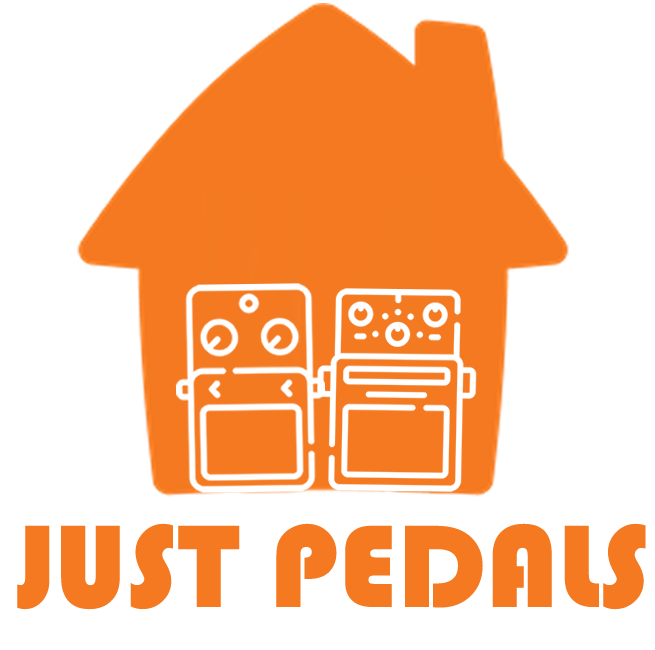just a load of Wah Video – Expectation VS Reality | Wah Pedal |
Wah Video – Expectation VS Reality | Wah Pedal |
SONICAKE Delay and Reverb Guitar Bass Effects Pedal Sonic Ambience Multi Mode Tap Tempo
£37.99 £34.19
4 Mode Delay and 4 Mode Reverb in One Small Pedal Maximum 2000ms Delay Time with Tap Tempo Function Tap Tempo Function for Real-time RATE Control Special Design Buffer Bypass Circuit Keeps the Sound Pristine Guitar Bass Effects Pedal working with 9V … read more
Strymon TimeLine Delay · Guitar Effect
£422.58
One of Our Favorite Delay Pedals Save Up To 200 Pre-Sets Powerful Sharc DSP Twelve Different Delays Full MIDI
SONICAKE Octave Pedal Analog Classic Octave Guitar Bass Effects Pedal True Bypass Octaver
£33.00
Octave Pedal has 100% Analog Classic Monophonic Octave creates 2-Voice Octave Sound Blended with Dry Signal Compact Size Pedal producing Notes One Octave lower and Two Octaves lower than the Direct Signal for Octave Guitar Pedal Designed for both Gui… read more
JOYO Dual Crunch Pure Analog Circuit Overdrive Effect Pedal with Independent Clipping for Electric Guitar – True Bypass (King of Kings R-20)
£54.99 £46.74
Interesting pedal–JOYO R-20 KING OF KINGS is a dual channel crunch pedal with independent clipping diodes,turn on the switch "2", what you get is an overdrive pedal. In order to make the pedal work properly and quietly, we do recommend JOYO 9V DC pe… read more
BOSS Ce-2W Waza Craft Special Edition Chorus Pedal, Special Edition Waza Craft Pedal, The Ultimate BOSS Tone Experience, Blue
£238.00 £196.00
Launched in 1976, the CE-1 Chorus Ensemble was not only the world’s first chorus effect pedal, but also the very first BOSS pedal. Three years later, this inventive new sound was squeezed into the blue CE-2 Chorus, and chorus pedals have remained in … read more
BOSS GX-10 | Compact Guitar & Bass Effects Processor | GX-100 Sound Engine | Colour Touch Display | 32 Amp Types & 170 BOSS Effects | Multi-mode Footswitches & Expression Pedal | AIRD Technology
£354.00 £339.00
Compact amp/effects processor for guitar and bass. The same sound engine and color touch display as the GX-100 in a portable, travel-ready design. Exceptional audio quality with 24-bit AD and 32-bit DA conversion, 32-bit floating-point processing, an… read more


















